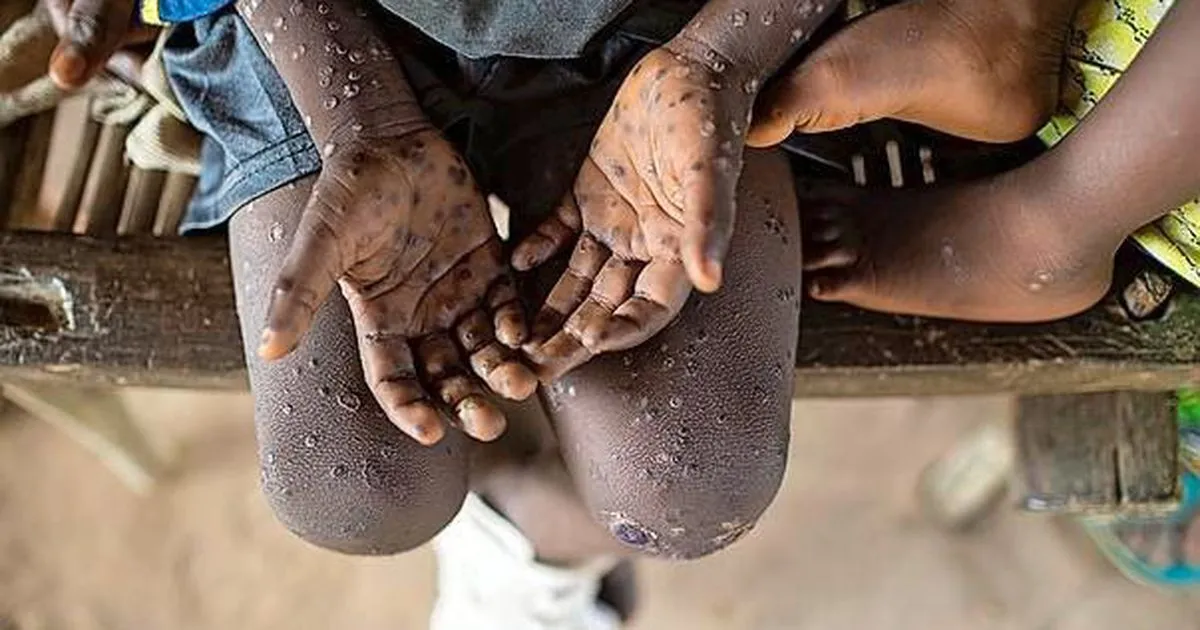Kenya has reported its first case of Mpox, or Monkeypox, in Taita Taveta along the coast. This announcement was made by Ministry of Health PS Mary Muthoni Muriuki on Wednesday, July 31.
The individual who tested positive for the disease was part of a group traveling from Uganda to Rwanda via Kenya. The case was detected at a border stop checkpoint.
The Ministry of Health stated that one identified case of Mpox qualifies as an outbreak and has advised the public to avoid close contact with infected individuals due to the high risk of transmission.
“Kenyans are advised to adhere to public health measures to protect themselves, their families, and the community from further spread of the disease. Person-to-person transmission can occur through direct contact with infected skin or other lesions such as in the mouth or on the genitals,” Muriuki said.
Mpox can cause a painful rash, enlarged lymph nodes and fever. Most people fully recover, but some get very sick. Anyone can get mpox.
Press Release: Ministry of Health Confirms Mpox Outbreak at Taita-Taveta Border Point pic.twitter.com/u9BJRCkt50
— Ministry of Health (@MOH_Kenya) July 31, 2024
Mary Muthoni urged Kenyans to take extra precautions, such as washing their hands with soap and clean running water upon arriving home or using hand sanitiser. Additionally, if they experience any symptoms related to the disease, they should seek medical assistance immediately.
The virus is predominantly found in the Democratic Republic of Congo, as well as in forested regions across East and Central Africa. The Ministry of Health has assured Kenyans that it will make efforts to curb and contain the disease from further spread.
Background on Mpox
Mpox, commonly known as Monkeypox, is a viral zoonotic disease caused by the monkeypox virus, which belongs to the Orthopoxvirus genus. It was first discovered in laboratory monkeys in 1958, and the first human case was recorded in 1970 in the Democratic Republic of Congo.
Symptoms of Mpox
The symptoms of Mpox typically appear 5 to 21 days after infection and can last for 2 to 4 weeks. They include:
- Fever
- Headache
- Muscle aches
- Backache
- Swollen lymph nodes
- Chills
- Exhaustion
- A rash that begins on the face and spreads to other parts of the body, developing into fluid-filled blisters that eventually crust over and fall off
- Transmission
Mpox can spread through:
- Direct contact with the blood, bodily fluids, or skin lesions of infected animals or humans
- Respiratory droplets during prolonged face-to-face contact
- Contaminated objects such as bedding or clothing
- Treatment and Prevention
- There is no specific treatment for Mpox, but the symptoms can be managed with supportive care and symptomatic treatment. Vaccination against smallpox is about 85% effective in preventing Mpox. Antiviral medications such as tecovirimat (TPOXX) may be used in severe cases.
Preventive Measures
- Avoid contact with animals that could harbour the virus, including sick or dead animals
- Practice good hand hygiene by washing hands with soap and water or using an alcohol-based hand sanitizer
- Avoid close contact with people who have a rash that looks like Mpox
- Use personal protective equipment (PPE) when caring for patients
- Isolate infected individuals to prevent the spread of the virus
- Ensure proper cleaning and disinfection of contaminated surfaces and materials
Treatment and Vaccination
According to the World Health Organisation (WHO), several antivirals, such as tecovirimat, which were originally developed to treat smallpox, have been used to treat Mpox, and further studies are underway.
Getting a Mpox vaccine can help prevent infection. The vaccine should be administered within four days of contact with someone who has Mpox (or within up to 14 days if there are no symptoms).
It is recommended for people at high risk to get vaccinated to prevent infection with Mpox, especially during an outbreak.
The Ministry of Health in Kenya is actively working to monitor and control the spread of Mpox. Public awareness campaigns are being conducted to educate the public about the symptoms, transmission, and preventive measures. The ministry is also coordinating with international health organizations to ensure a comprehensive response to the outbreak.
By following these guidelines and staying informed, Kenyans can help protect themselves and their communities from the spread of Mpox.
















